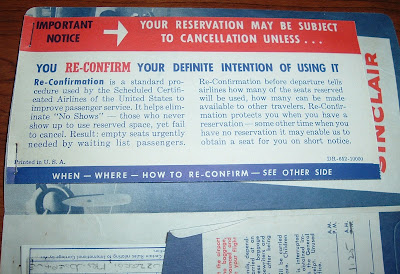If I were to make New Year's resolutions, which I don't do, one of them would be to post more on this blog. It's the runt of the litter of three blogs I maintain. It got started later than the others and usually gets pushed aside when I'm rationing out writing time for the blogs.
So for the first post of the new year, here's a winter-related item--a billhead for a company that manufactured sleigh robes, among other driving goods for sleighs and, I would assume, carriages.

Nothing too fancy on this billhead, but I was interested in the product. I had never heard the term "sleigh robe" before, so I did a little digging.
This would have been a timely post before Christmas, but...
Jingle Bells, though associated with Christmas, was not intended as a Christmas song when James Lord Pierpont published it in 1857. It's primarily a winter song associated with riding in a sleigh that evolved into one of the most popular Christmas songs ever.
Dashing through the snow,
in a one-horse open sleigh...
Jingle bells, jingle bells,
Jingle all the way;
Oh! what fun it is to ride
In a one-horse open sleigh!No references to Christmas, just a ride in the cold and snow. So how did those folks keep warm in that open sleigh dashing through the snow? With sleigh robes, of course. Heavy, warm blankets of animal hides from buffalo, bears, cows, horses, beaver, or whatever got the job done. In the early days, more plentiful animals were used like beaver, bear and buffalo. I've read accounts of raccoon furs being used also.
L. Zechiel, located at 554 Broadway in New York City, is the company on the billhead. The date of the transaction is Aug. 31, 1888. As the small print under the company name indicates, L. Zechiel imported animal skins for making sleigh robes. And as the animal graphic on the billhead indicates, some pretty exotic skins were imported for more discriminating tastes in keeping warm in open sleighs. The company used the image of what appears to be a tiger on their billhead. A tiger hide sleigh robe? I hope not, but back then who knows. Probably.


Growing up in Texas and in the latter half of the twentieth century, I had never heard of a sleigh robe, but I guess I should have. I have an old 1920s photograph of my grandfather driving a sleigh in New Hampshire, taking some of the family down off the hill where they lived to the state road where they could have gotten into a car and been on their way. For the sleigh ride, they must have kept warm with a heavy blanket or old sleigh robe.
Also, my wife and I opted for a buggy ride in New York one chilly night after a Broadway show instead of walking in the cold air back to our hotel. I remember now that the driver covered us in a thick, warm blanket for the ride, as the temperature had dropped into the 30s. A modern day sleigh robe, I suppose. I don't recall any orange stripes or exotic patterns.
Curious about what business might now occupy 554 Broadway, I typed the address into a Google search and came up with Banana Republic at 552-554 Broadway in NY. Talk about opposite ends of the retail spectrum. I'd be willing to bet all I have that you can't buy a sleigh robe today at Banana Republic.


















